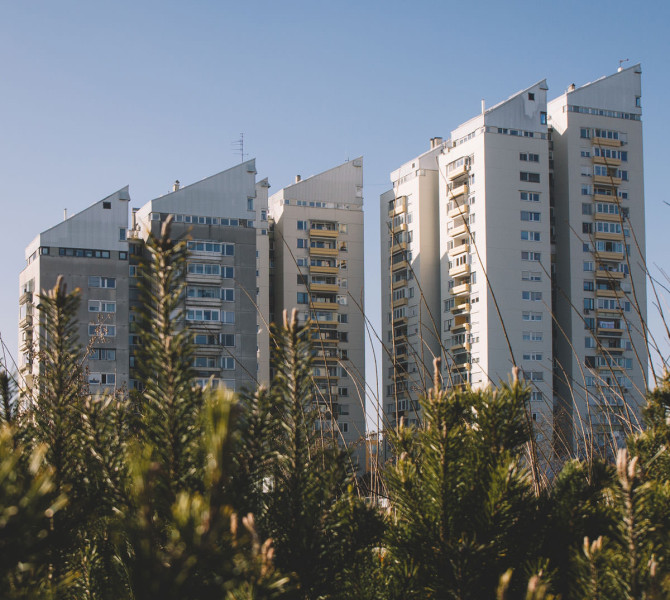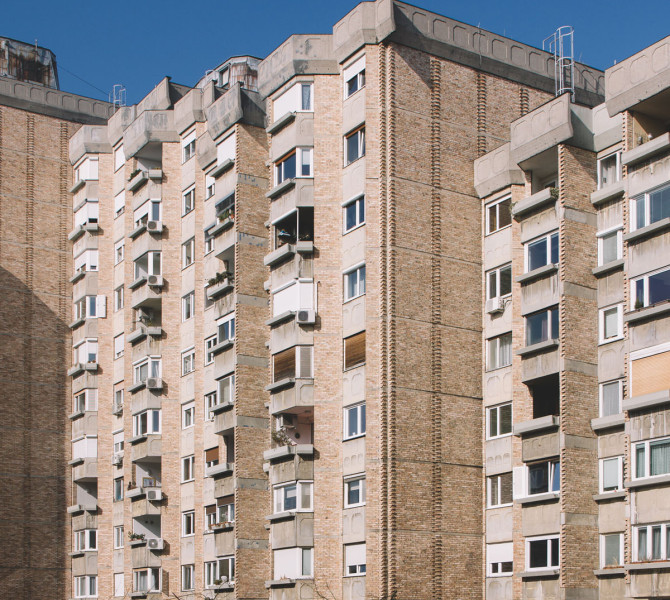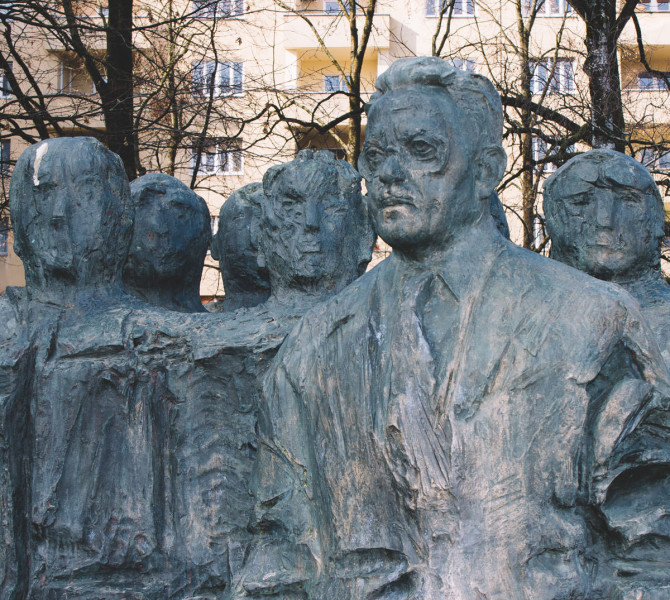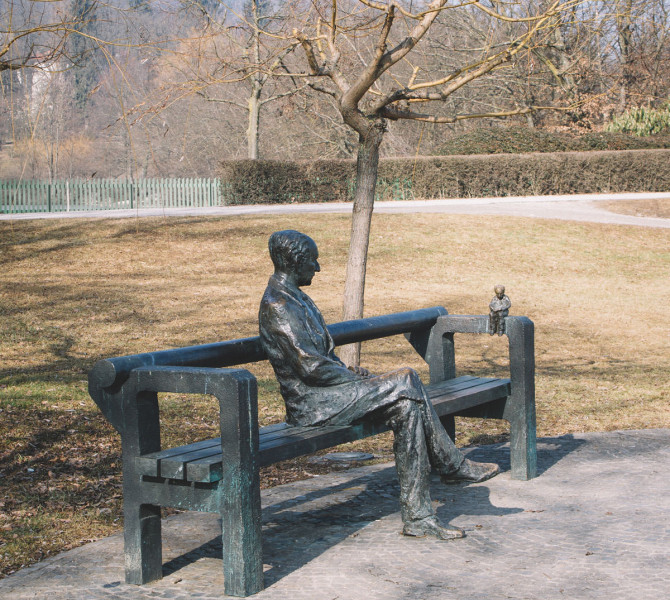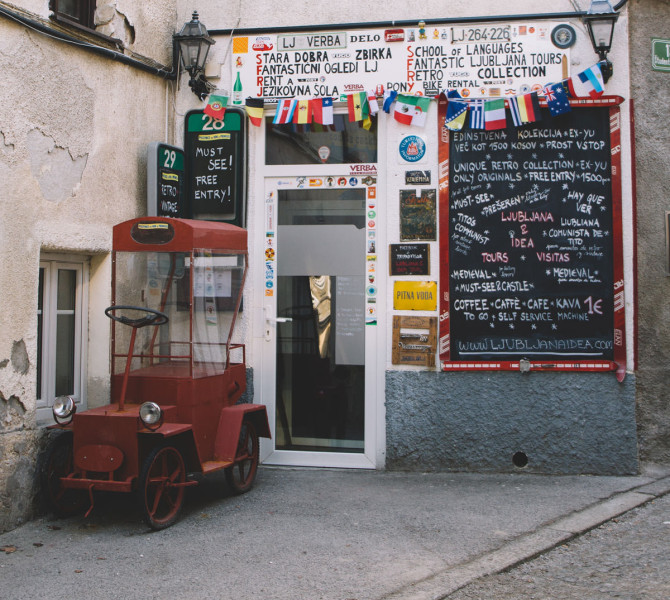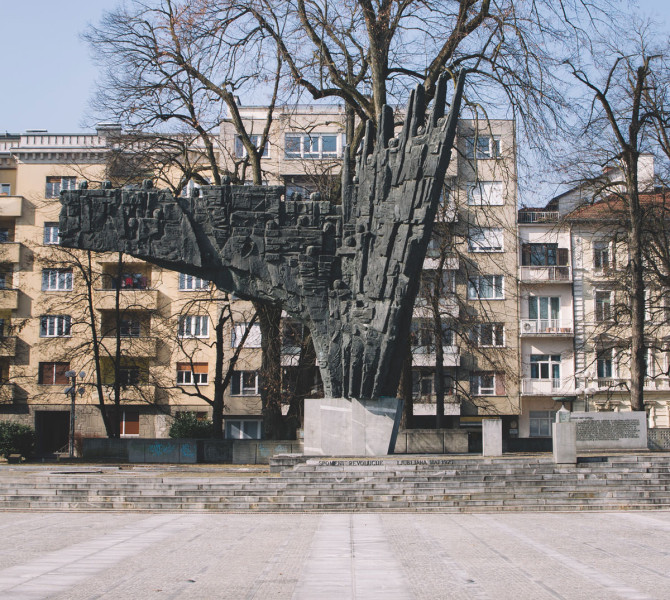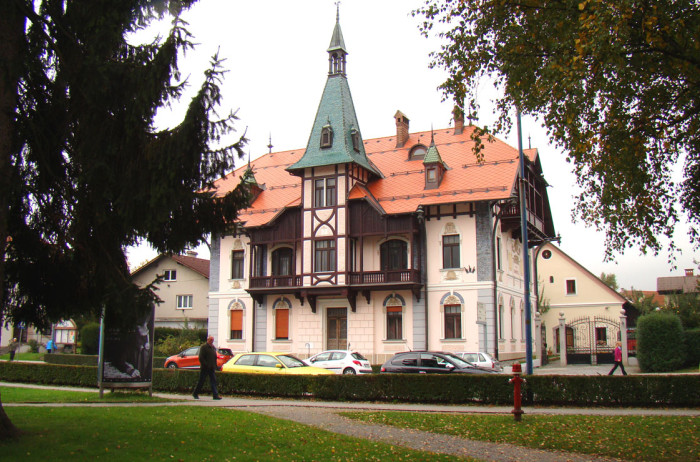Discover Ljubljana's socialist past
More than 25 years after Slovenia gained its independence from Yugoslavia, one can still find vestiges of the old country in the Slovenian capital. While socialism is still very much a contentious issue in day-to-day politics, yugonostalgia keeps on keeping on. Here is what Ljubljana has to offer to those looking for that retro fix.
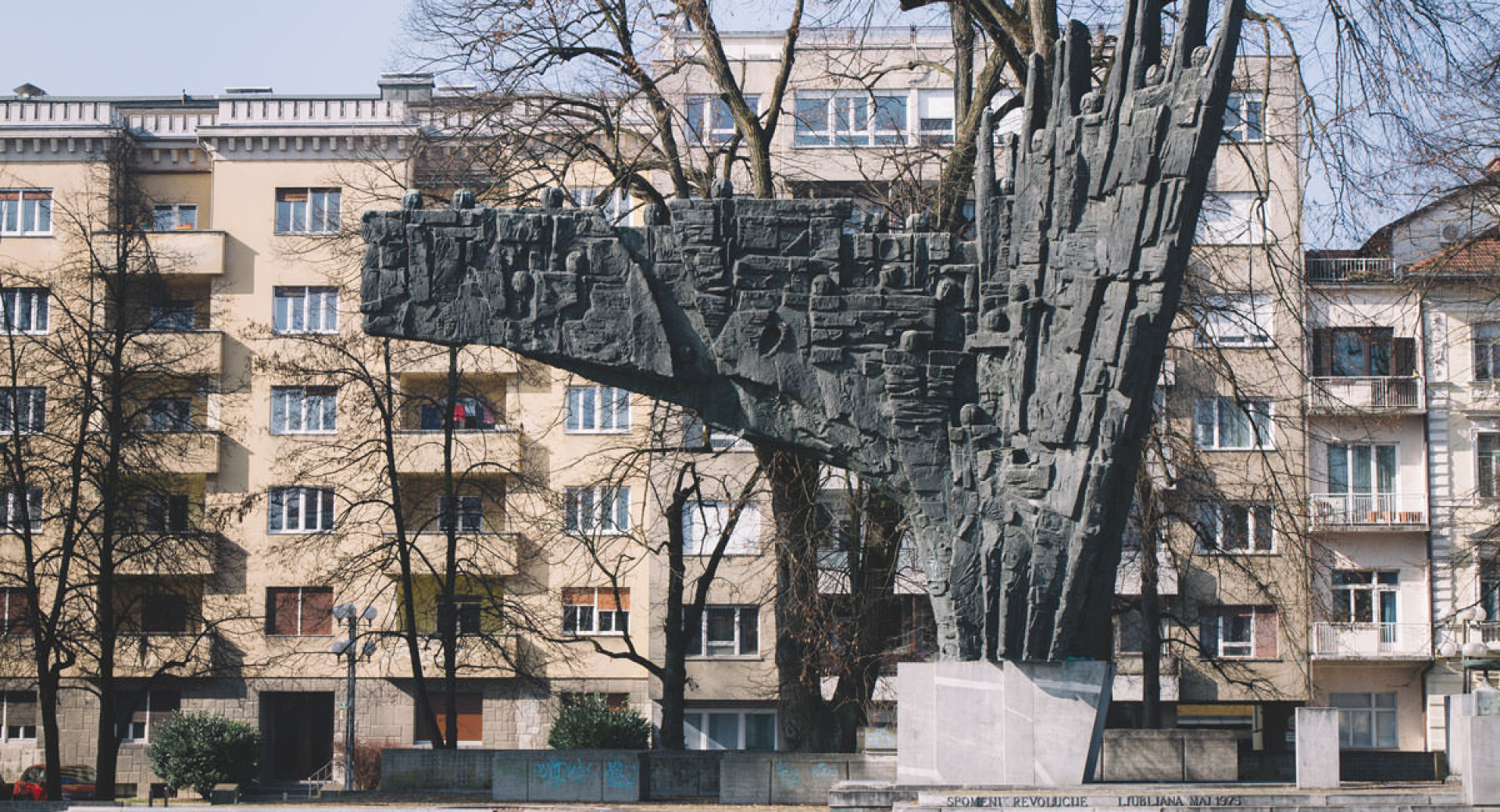
Living in Yugoslav Ljubljana
Ljubljana has a couple of interesting Yugoslav-era apartment buildings that transcend the stereotype of drab, bland and oppressive socialist architecture. In the northern part of town, right by the Stožice Arena and the ring road, lies the BS3 residential complex. On a clear day, its triangular roofs nicely complement the views of the Kamnik-Savinja Alps from the castle hill. These recognisable buildings were designed by Ilija Arnautović, who was also one of the architects of Ljubljana’s Exhibition And Convention Centre.
Another modernist neighborhood that was built during the socialist era is Ferantov vrt, which is located near the city centre on Rimska and Slovenska streets. Upon completion, this brick-and-concrete housing complex by Edvard Ravnikar lent a certain metropolitan air to its immediate surroundings. To this day, it remains very stylish in its subtlety.
Bold reminders
Several interesting Yugoslav-era monuments and memorials are scattered throughout the city. Drago Tršar’s Monument to the Revolution in the western corner of Trg republike is the most visually arresting of the lot. First unveiled in 1975, its kinetic energy symbolises the movement of revolutionary masses.
A smaller statue of Edvard Kardelj is located near the monument. Kardelj was a Yugoslav political leader and the main creator of the system of worker’s self management. The statue depicts Kardelj with a crowd of people who are following him into a brighter future.
If you want to spice things up a bit, a more whimsical statue is located a short walk away, in the southeast corner of Tivoli park. The bronze man sitting on the bench is Edvard Kocbek and while this statue was built a long time after the breakup of Yugoslavia, Kocbek’s life story is tightly intertwined with the one of the other two monuments. He was a great poet and played a big political role during and after World War II.
Taste and buy
Several eateries with Bosnian food on the menu like to delve deep into the pop culture lore of the Socialist Federal Republic of Yugoslavia. The decor in Sarajevo ‘84 evokes the spirit of the legendary winter olympics, while the posters Das Ist Valter tip their hat to Valter brani Sarajevo, a cult film from 1972.
And it you want to take some of the history back home with you, you’re in luck too! The Sunday antique flea market is always full of Yugoslav memorabilia, ranging from Tito statuettes, old stamps and military medals to old coins and postcards.
Recently, Ljubljana & Idea, an antique shop dedicated to yugonostalgia opened near the main market, right by one of the paths leading up to the castle. The room on Študentska street is part shop, part museum, part travel agency, and is filled to the brim with old Yugoslav flags, boxes, bottles, posters, pins, toys and all sorts of other knick-knacks.


